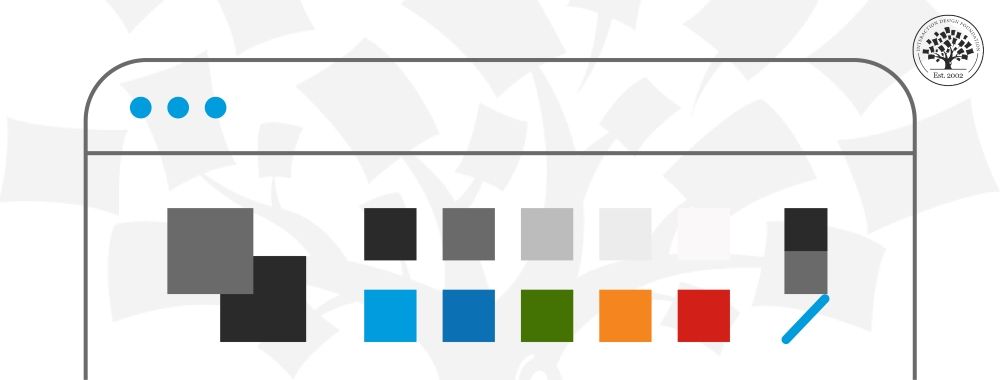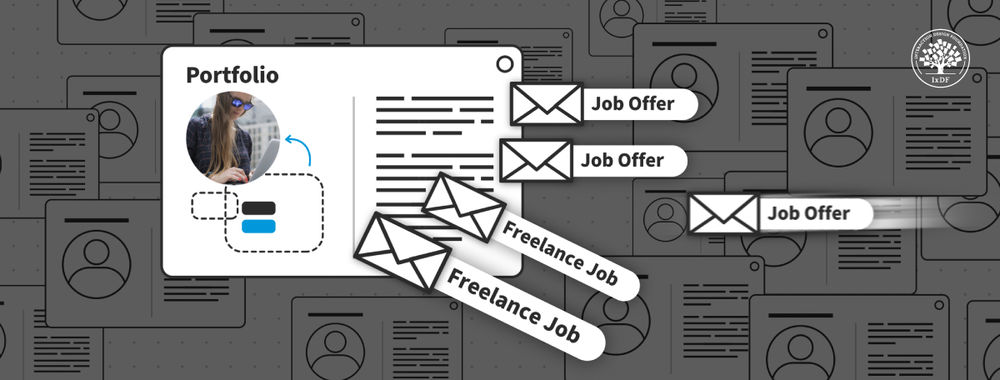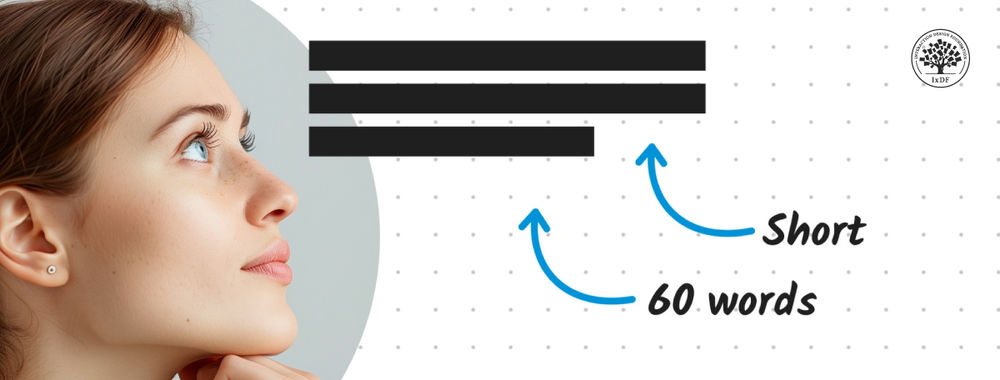UX professionals need no convincing of the need for their work but many CEOs and board-level executives still need persuading. So how can you make the case? Let’s take a look at three reasons that your business should invest in UX:
UX Saves Money
Developers aren’t cheap. In fact they’re often the highest cost investment in a software or web business. Despite this, they spend far too much time on rework in most environments. Fixing problems before they arise prevents rework. That’s a primary purpose of UX.

It’s worth spending some time clarifying that it’s not just bugs that require rework. If you produce a product that has assumed a user will naturally behave in a certain way and they don’t – you’re going to have to rework it. The same is true for features that don’t work for your users or if your navigation is flawed.
It’s estimated that nearly 50% of most development team’s time is spent on rework. If an investment in UX cut that in half – you can put a number on the value of UX. Senior management are going to appreciate that number.
A side benefit of this is that it should also cut down on customer complaints and customer support calls. That’s a further saving to the business.
UX Boosts Sales
A great user experience will help you increase conversion of prospects into sales. It’s often much simpler to increase conversion than it is to increase the number of visitors to a website. User research will tell you what your customers like; you can then split test to find exactly which configuration of what they like results in the best sales. Otherwise you’re shooting in the dark to work it out.

Cutting down on customer care work has the benefit of improving your customer retention too. Happy customers don’t just leave your care team alone, they tend to become enthusiastic about your products and some of them will end becoming product/brand ambassadors for you. That’s an unpaid army of social proof waiting for you to tap into it.
UX Offers Competitive Edge
Competitor research lets you pull together the strengths and weaknesses of your competitors. The good stuff you can emulate during the design phase. The bad stuff you can fix or remove. Products that eliminate the frustrations of current offerings on the market have a much higher chance of succeeding. This in turn ensures that your sales go up further.

If you don’t invest in UX, you can be sure that sooner or later that your competitors will too. Gambling with the future of your business and missing out on the advantages of UX work hands your competitors that advantage.
Image Source:
Fresh Eggs (link to image)
Top 10 List (link to image)
Theme Fuse (link to image)
Health Informatics Service (link to image)












